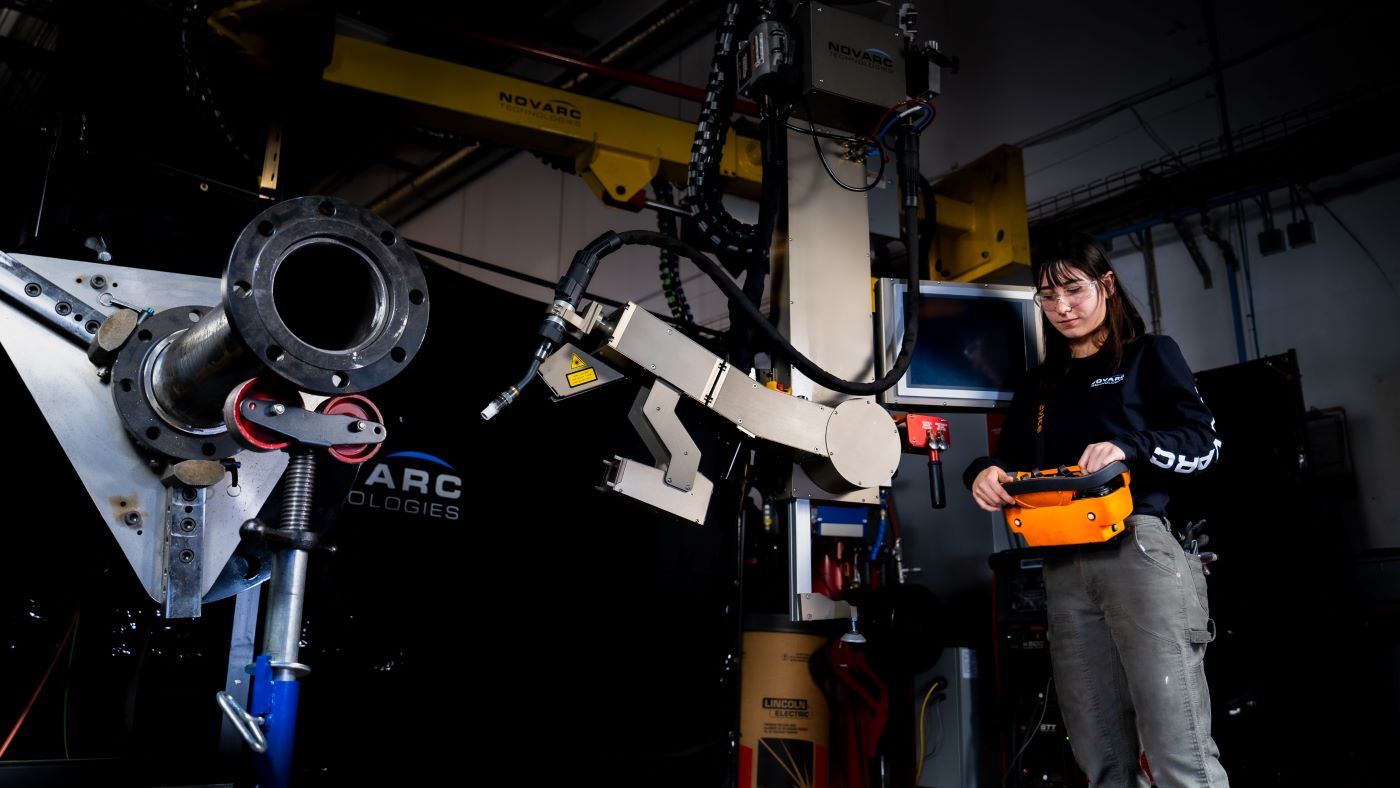This is an excerpt from an article published in The Welder written by Arash Nejad
The world of welding and fabrication is on the brink of a renaissance. Present-day automation and robotics draw inspiration from Leonardo da Vinci’s “robotic knight,” a 15th century technological innovation that could be programmed, in an analog sense, to mechanically replicate a number of human actions. Five hundred years later, Leonardo’s creativity served as a source of inspiration for NASA robots. Ingenuity in human history draws a straight line from 200 B.C. to the CNC machines of the 1950s and to the state of welding automation today.
Metal fabrication’s pursuit of increased productivity, cost-effectiveness, enhanced quality, and insightful analytics has drawn it inexorably toward these marvels of technology. Yet, in this race for progress, many robotic and automation systems fail to deliver.
The question is why?
A recent report by the Centre for Economics and Business Research identified that companies allocate nearly 15% of their annual revenues to automation, amounting to an incredible $4.5 trillion in the U.S. alone—a stunning corporate investment. With that much at stake, it is critical to address an often overlooked and uniquely human element: resistance to change.
Helping Employees Manage Change
We are, by nature, suspicious of change. The human reflex to change can influence psychological, social, and economic issues. This resistance to change can result from uncertainty, fear of losing control, the scars of past experiences, or a deficit of confidence and trust in leadership. Any one of these reactions can be expected to cause issues for the introduction of new directions, new influences, and new technology, especially in a traditional work environment where the ability to question or even caution could be interpreted as counterproductive. When change initially threatens a worker’s self-worth, or possibly their job, suspicion can easily turn into rejection.
Given technology’s role in today’s world, the introduction of automation and robotics, which can be considered as a renaissance, can turn into an HR minefield.
Two quotes from influential visionaries are relevant to this discussion:
“A vision without execution is hallucination.” –Thomas Edison, cofounder of General Electric (GE)
“Culture eats strategy for breakfast.” –Peter Drucker, Austrian-American scholar and founder of modern management techniques
Edison’s hyperdisciplined words emphasize the need for a well-defined strategy, whether a company is implementing a state-of-the-art automation system or introducing robotics to its production line. The more interpretive Drucker points out that a strategy can look good on paper, and may even be the correct strategy, but everything can still go sideways without a supportive, empowering culture.
Read the rest on The Welder
